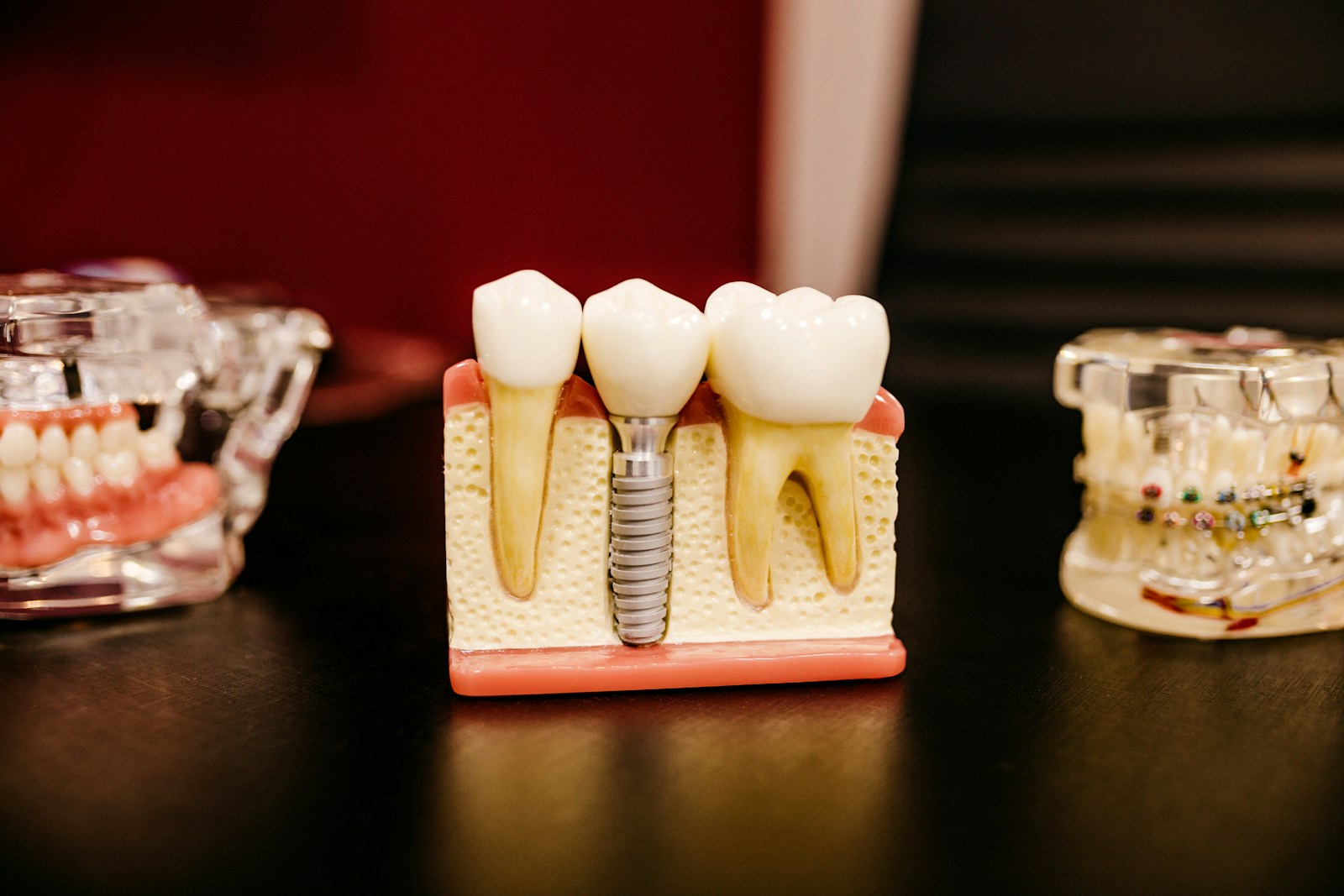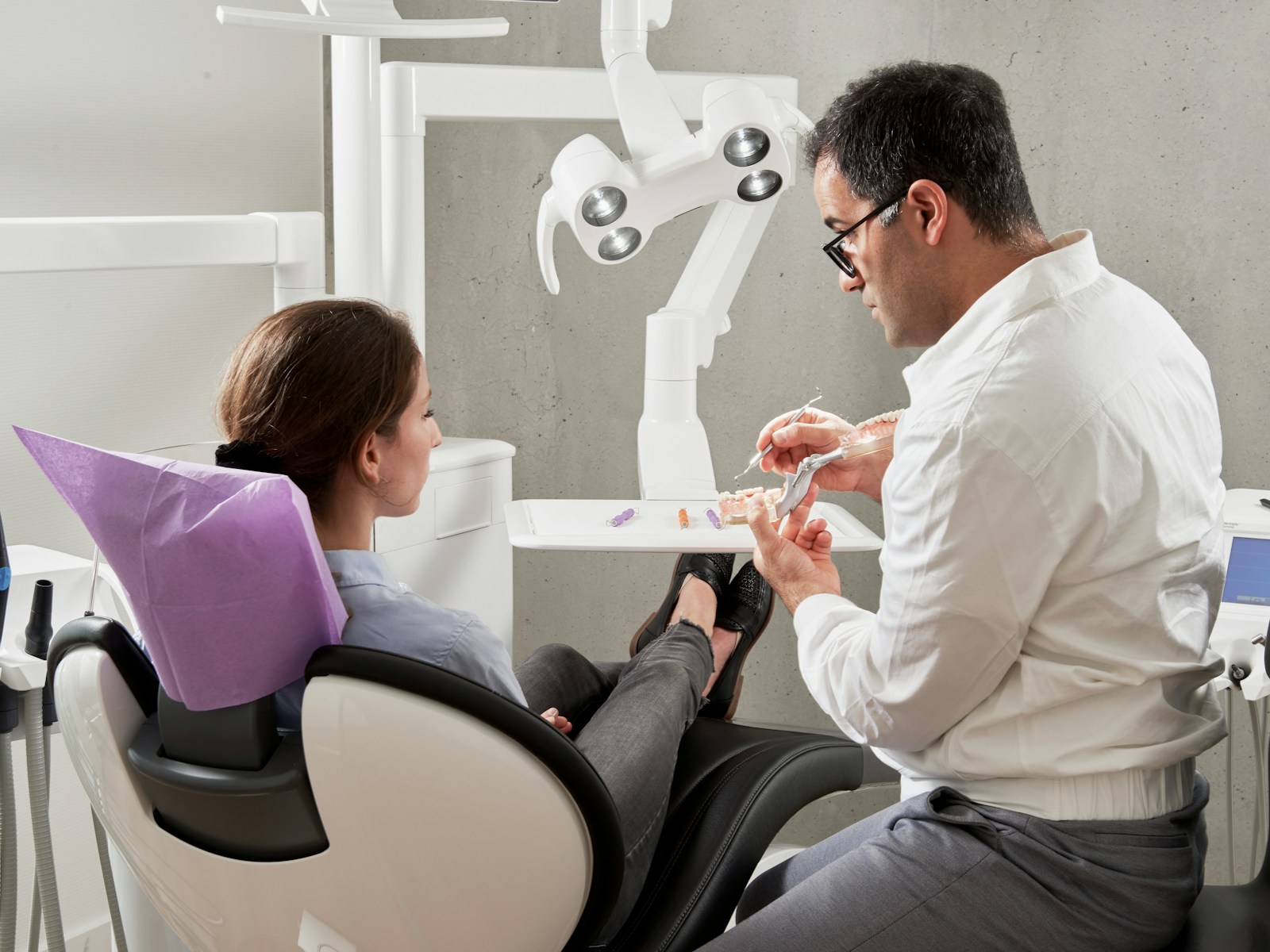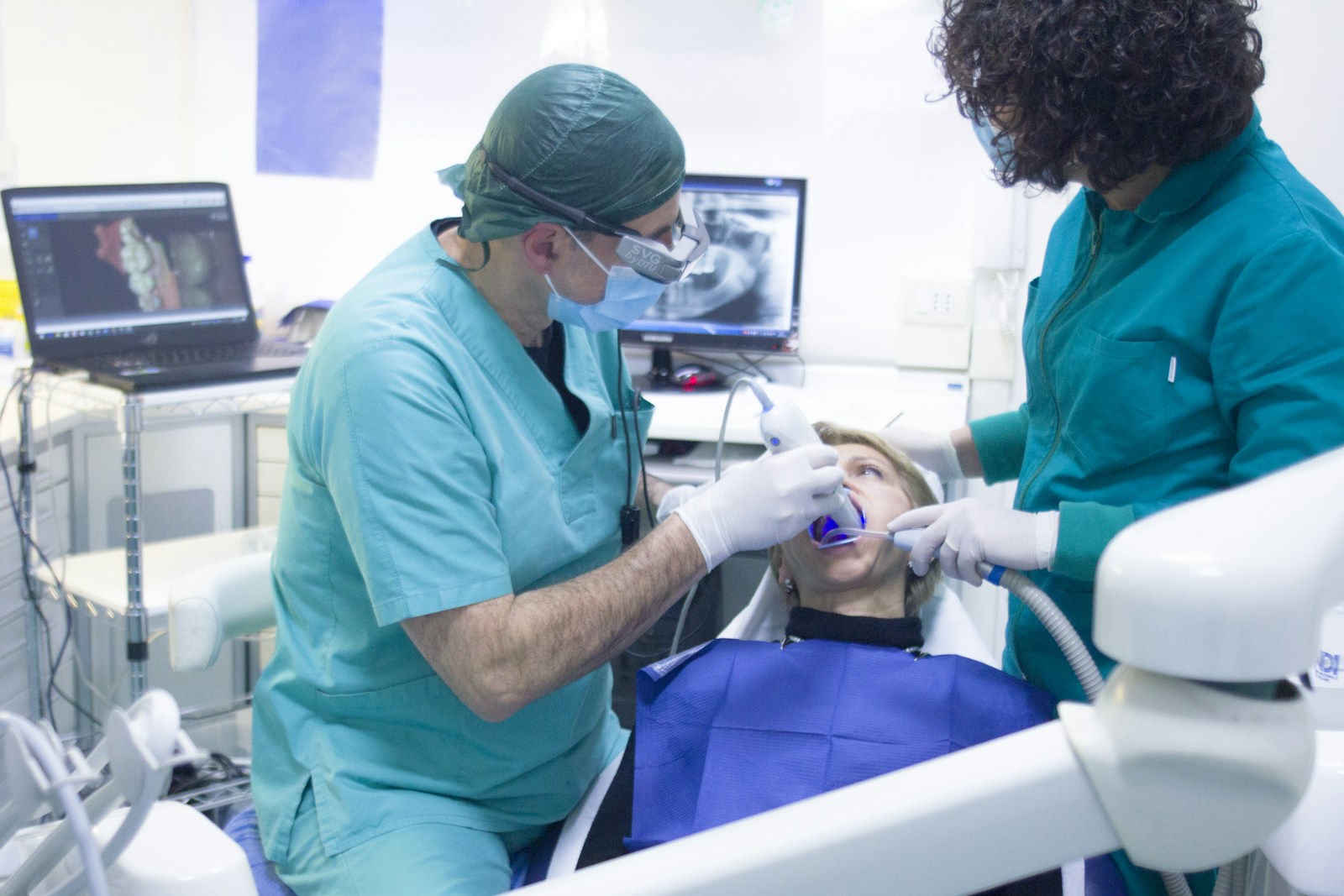Welcome to our comprehensive guide on implementing CBCT in clinical practice for dental implants. Cone Beam Computed Tomography (CBCT) has revolutionized the way dental professionals approach implantology, offering detailed 3D imaging that ensures precision and safety in implant placement. Whether you’re a dental professional looking to expand your knowledge or simply curious about the technology behind modern dental implants, this article is packed with insights, practical advice, and case studies that demystify the process. Prepare to dive deep into the world of dental implant CBCT scans, understanding their significance, and how they contribute to successful implant procedures.
Understanding Dental Implant CBCT: A Primer
 Cone Beam Computed Tomography (CBCT) stands as a pivotal breakthrough in dental science, particularly in the realm of dental implant placement. Unlike traditional dental X-rays that offer a two-dimensional view, dental implant CBCT scans provide a comprehensive three-dimensional image of the teeth, gums, nerve pathways, and bone in a single scan.
Cone Beam Computed Tomography (CBCT) stands as a pivotal breakthrough in dental science, particularly in the realm of dental implant placement. Unlike traditional dental X-rays that offer a two-dimensional view, dental implant CBCT scans provide a comprehensive three-dimensional image of the teeth, gums, nerve pathways, and bone in a single scan.
This advancement allows dental professionals to plan with an unprecedented level of precision, significantly improving the predictability of dental implant procedures.
By embracing this technology, practitioners are not just enhancing surgical accuracy; they're also helping minimize potential complications, ensuring a smoother, more successful implant process. As we delve deeper into the world of CBCT application in dental implants, understanding this foundational technology is the first step toward appreciating its transformative potential.
The Game Changer: How CBCT Dental Implant Scans Elevate Treatment Planning
 The integration of CBCT in dental implantology has been nothing short of revolutionary. Precisely, CBCT dental implant scans stand at the forefront of this transformative shift. The ability to obtain a complete 3D visualization of a patient’s oral anatomy allows for meticulous pre-surgical planning. Dentists can now ascertain the optimal implant placement, considering both the aesthetic outcome and the functional integrity of the bite.
The integration of CBCT in dental implantology has been nothing short of revolutionary. Precisely, CBCT dental implant scans stand at the forefront of this transformative shift. The ability to obtain a complete 3D visualization of a patient’s oral anatomy allows for meticulous pre-surgical planning. Dentists can now ascertain the optimal implant placement, considering both the aesthetic outcome and the functional integrity of the bite.
This level of detail aids in avoiding critical structures such as nerves and maximizing the use of available bone. Moreover, the enhanced diagnostic accuracy significantly reduces the need for invasive procedures, directly translating to a more comfortable patient experience and faster recovery times.
As a result, CBCT dental implant scans have become an indispensable tool, pushing the boundaries of what’s possible in personalized dental care and implant precision.
Navigating Your Implant CBCT Scan: What to Expect
For patients embarking on the journey towards dental implants, understanding the implant CBCT scan process can greatly ease any apprehensions. Initially, you'll undergo a brief scan, lasting only a few seconds to a couple of minutes, where you'll be asked to remain still as the CBCT scanner rotates around your head.
 There's no discomfort involved, and the process is entirely non-invasive.
There's no discomfort involved, and the process is entirely non-invasive.
Post-scan, the 3D images obtained will be analyzed by your dental professional to evaluate your bone structure, density, and the layout of your teeth and nerves. This meticulous assessment forms the cornerstone of your treatment plan, ensuring that the upcoming dental implant procedure is tailored specifically to your anatomical needs.
Armed with this knowledge, patients can feel more confident and informed about the journey ahead, knowing that their dental care is not just personalized but also predicated on the highest standards of precision and safety.
Case Studies: Transformative Impacts of CBCT on Dental Implant Outcomes
Delving into various case studies, the transformative impacts of CBCT on dental implant outcomes are clearly evident. Each case story starts with a unique challenge — whether it's navigating complex anatomies or planning for extensive rehabilitations.
Through the lens of CBCT technology, dental professionals are not just planning; they're envisioning success long before the actual procedure begins. For instance, one patient with minimal bone volume presented a significant challenge.
- However, CBCT scans allowed for the precise planning of bone grafting and implant placement, leading to successful osseointegration and restoration that would have been deemed risky without such detailed imaging.
- These real-life stories underscore the shift towards more predictable and safer dental implant surgeries, highlighting CBCT's indispensable role in modern dental practice. The narratives collectively reaffirm the vital aspect of incorporating advanced imaging for enhanced patient care.
Incorporating CBCT into Clinical Practice: A Step-by-Step Guide for Dental Professionals
For dental professionals considering incorporating CBCT technology into their practice, the process involves several strategic steps.
First and foremost, it’s crucial to conduct thorough research on the various CBCT machines available, focusing on specifications that best meet the needs of your practice and patients. Training is the next pivotal step; investing in comprehensive training for both the dental team and the technicians ensures that everyone can maximize the benefits of this technology.
Following this, integrating CBCT imaging into treatment planning involves a shift in approach, moving towards a more detailed and predictive model of patient care. Lastly, it’s vital to educate patients about the benefits of CBCT scans, including improved precision and safety of treatments such as dental implants.
By following these steps, dental professionals can seamlessly integrate CBCT into clinical practice, elevating the standard of care and embracing the future of dentistry.